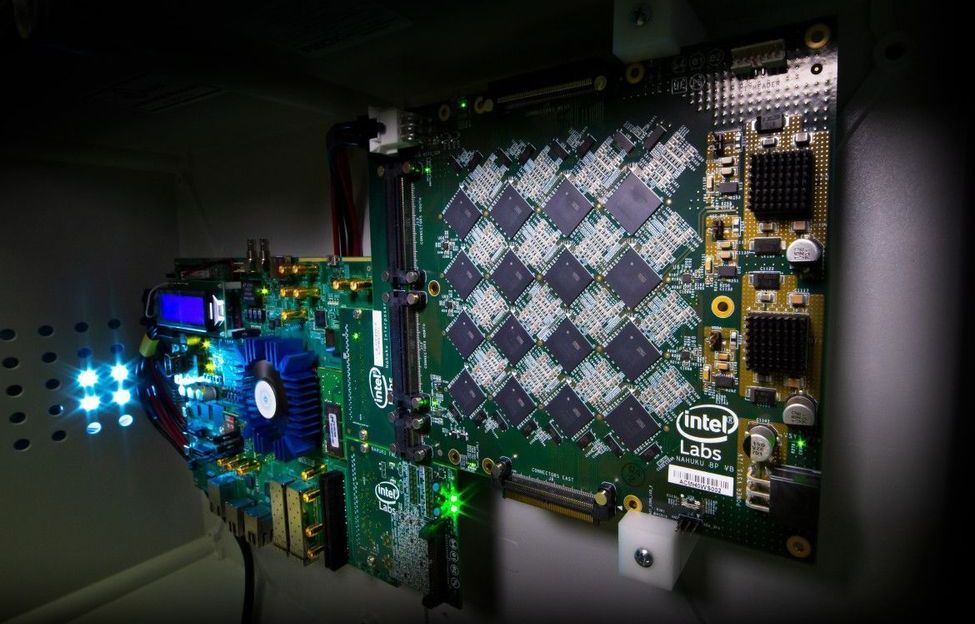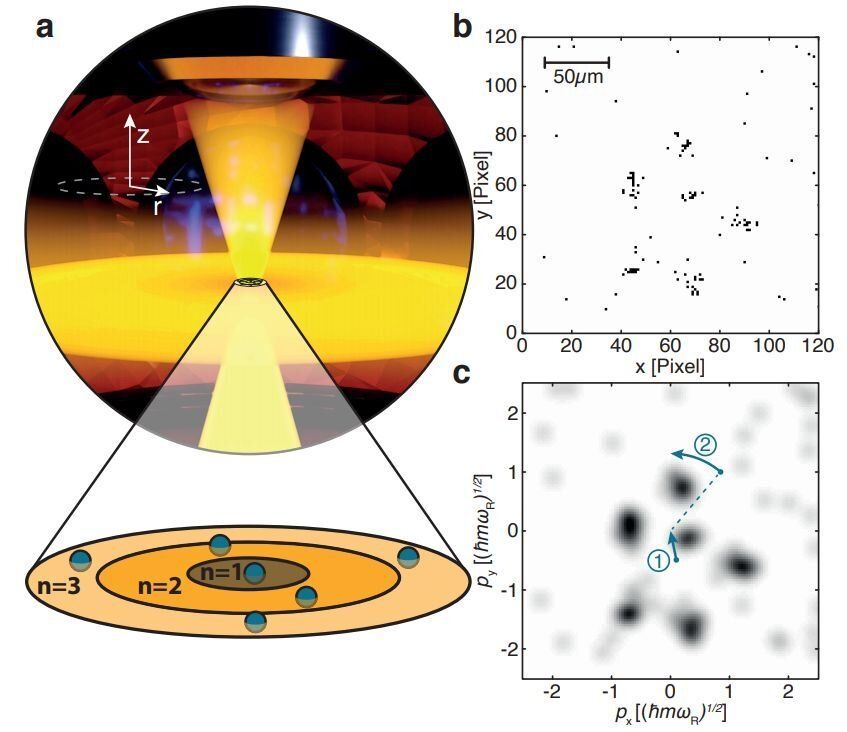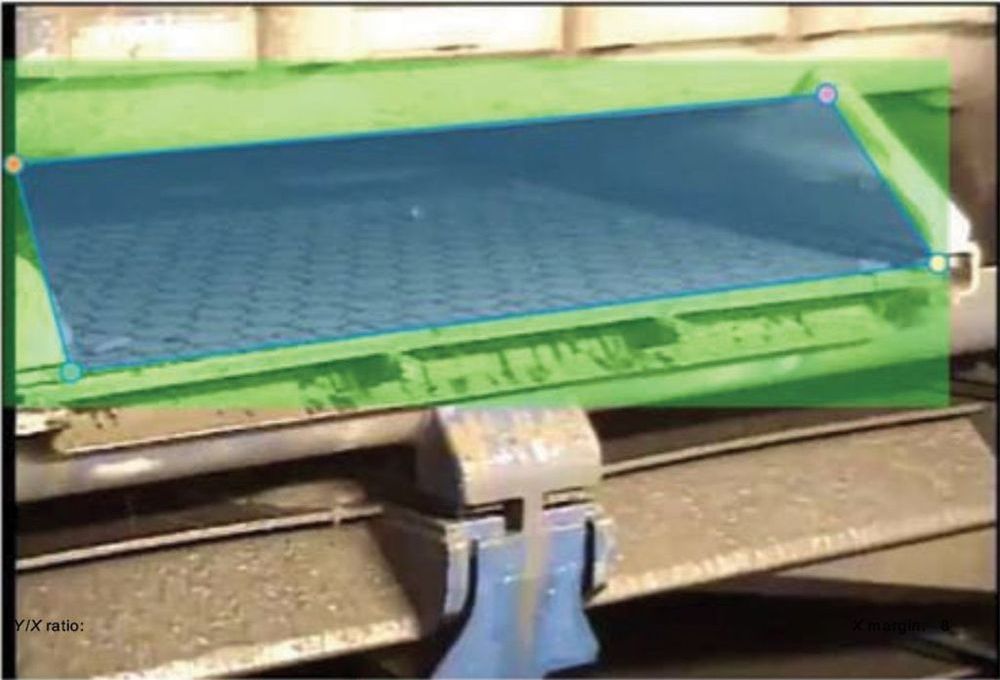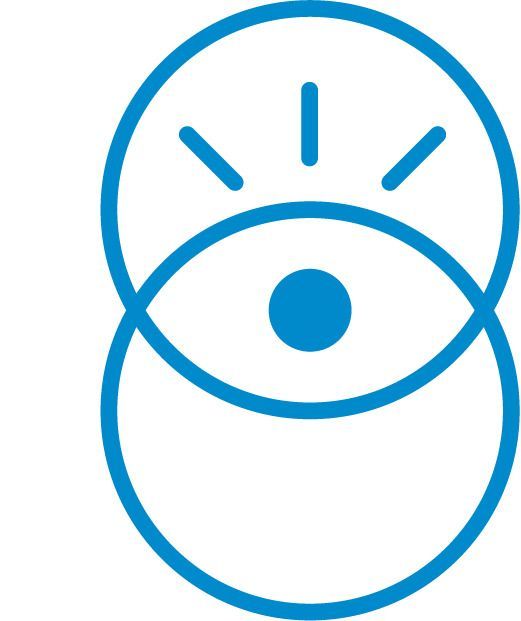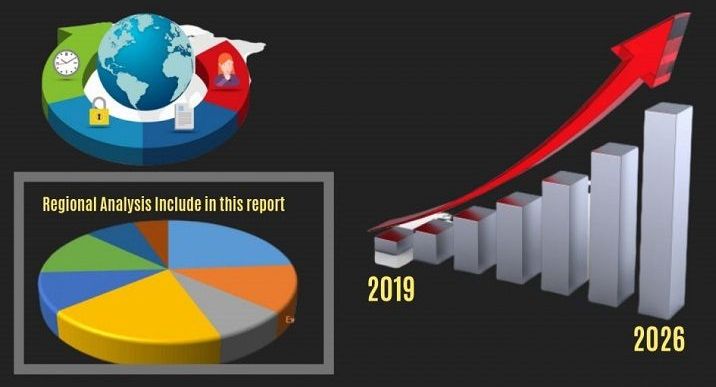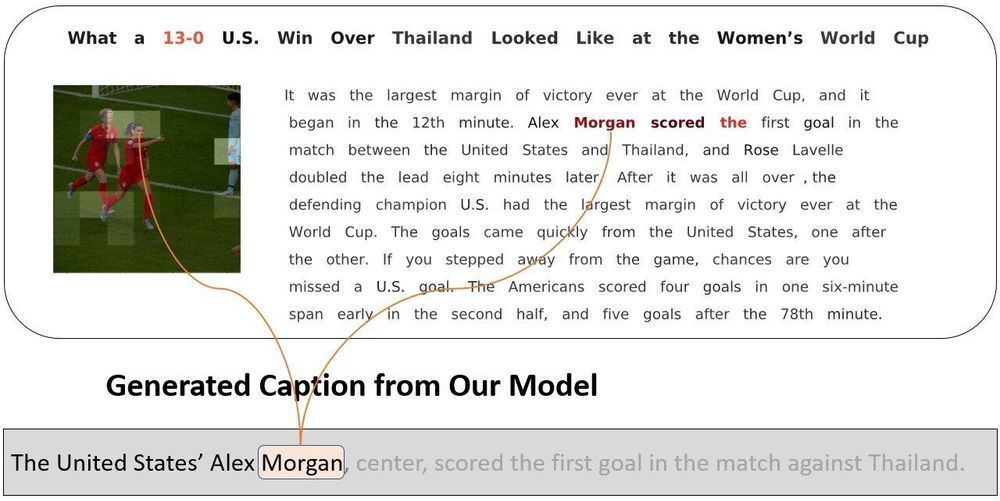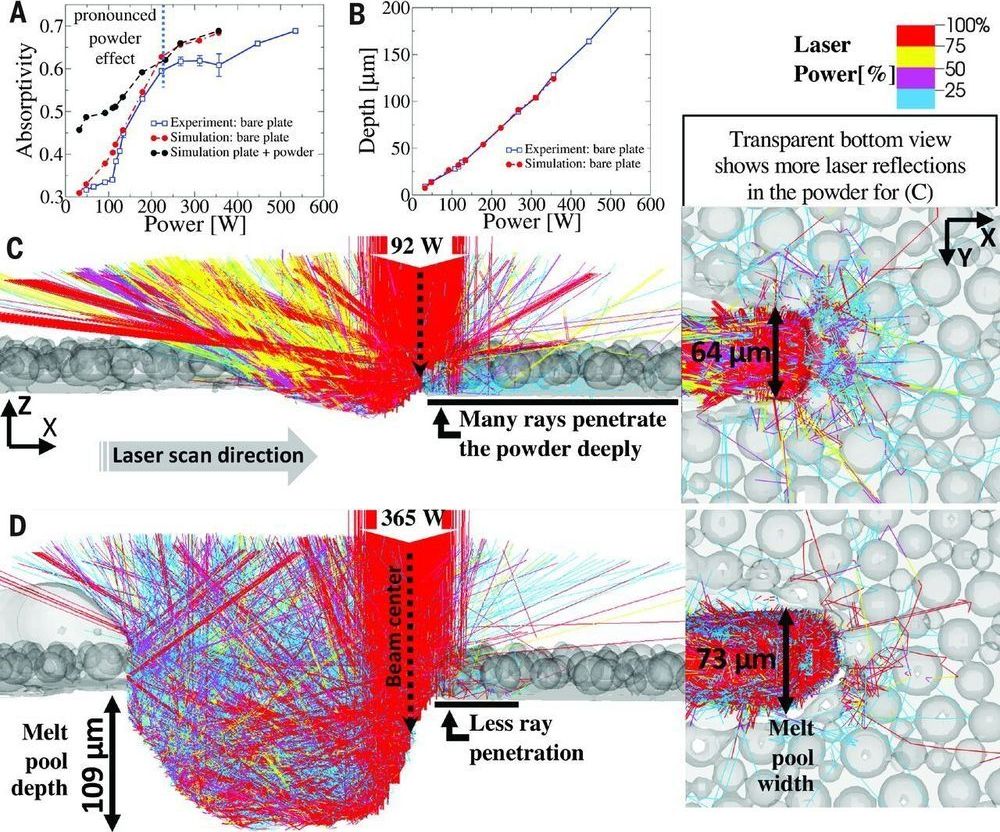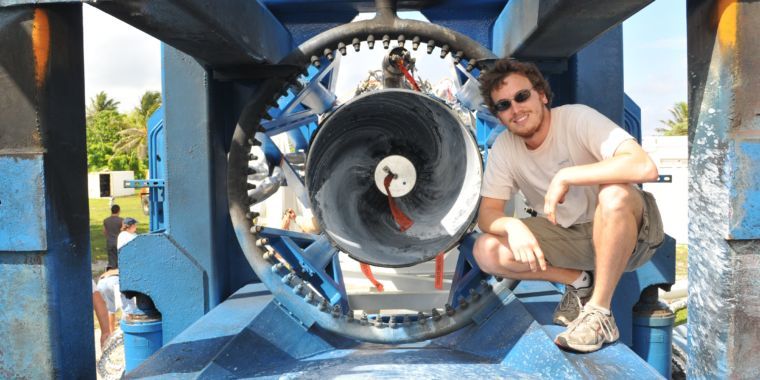May 19, 2020
The AI Show: How Intel built a chip with a sense of smell
Posted by Quinn Sena in category: robotics/AI
Intel’s fifth-generation Loihi chip uses neuromorphic computing to learn faster on less training data than traditional artificial intelligence techniques — including how to smell like a human does and make accurate conclusions based on a tiny dataset of essentially just one sample.
“That’s really one of the main things we’re trying to understand and map into silicon … the brain’s ability to learn with single examples,” Mike Davies, the director of Intel’s Neuromorphic Computing Lab, told me recently on The AI Show podcast. “So with just showing one clean presentation of an odor, we can store that in this high dimensional representation in the chip, and then it allows it to then recognize a variety of noisy, corrupted, occluded odors like you would be faced with in the real world.”
